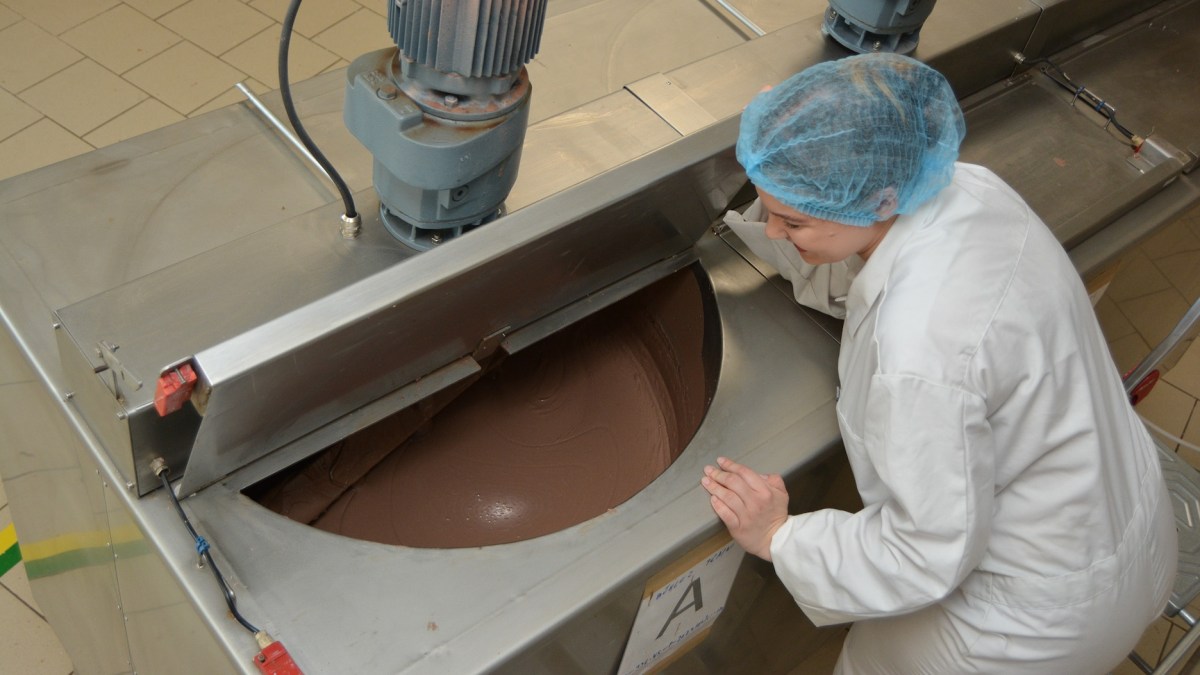Every fusion startup that has raised over $100M | TechCrunch
Over the last several years, fusion power has gone from the butt of jokes — always a decade away! — to an increasingly tangible and tantalizing technology that has drawn investors off the sidelines.
The technology may be challenging to master and expensive to build today, but fusion promises to harness the nuclear reaction that powers the sun to generate nearly limitless energy here on Earth. If startups are able to complete commercially viable fusion power plants, then they have the potential to upend trillion-dollar markets.
The bullish wave buoying the fusion industry has been driven by three advances: more powerful computer chips, more sophisticated AI, and powerful high-temperature superconducting magnets. Together, they have helped deliver more sophisticated reactor designs, better simulations, and more complex control schemes.
It doesn’t hurt that, at the end of 2022, a U.S. Department of Energy lab announced that it had produced a controlled fusion reaction that produced more power than the lasers had imparted to the fuel pellet. The experiment had crossed what’s known as scientific breakeven, and while it’s still a long ways from commercial breakeven, where the reaction produces more than the entire facility consumes, it was a long-awaited step that proved the underlying science was sound.
Founders have built on that momentum in recent years, pushing the private fusion industry forward at a rapid pace. Fusion startups have raised $7.1 billion to date, according to the Fusion Industry Association, with the majority of it going to a handful of companies.
Commonwealth Fusion Systems
With a $1.8 billion Series B, Commonwealth Fusion Systems catapulted itself into the pole position in 2021. Since then, the company has been quiet on the fundraising front (no surprise), but it has been hard at work in Massachusetts building Sparc, its first-of-a-kind power plant intended to produce power at what it calls “commercially relevant” levels.
Sparc’s reactor uses a tokamak design, which resembles a doughnut. The D-shaped cross section is wound with high-temperature superconducting tape, which when energized, generates a powerful magnetic field that will contain and compress the superheated plasma. In Sparc’s successor, the commercial-scale Arc, heat generated from the reaction is converted to steam to power a turbine. CFS designed its magnets in collaboration with MIT, where co-founder and CEO Bob Mumgaard worked as a researcher on fusion reactor designs and high-temperature superconductors.
Backed by Breakthrough Energy Ventures, The Engine, Bill Gates, and others, Devens, Massachusetts-based CFS expects to have Arc operational in the early 2030s.
General Fusion
Now in its third-decade, General Fusion has raised $440.53 million, according to PitchBook. The company, based in Richmond, British Columbia, was founded in 2002 by physicist Michel Laberge, who wanted to prove a different approach to fusion known as magnetized target fusion (MTF).
In General Fusion’s reactor, a liquid metal wall surrounds a chamber in which plasma is injected. Pistons surrounding the wall push it inward, compressing the plasma inside and sparking a fusion reaction. The resulting neutrons heat the liquid metal, which can be circulated through a heat exchanger to generate steam to spin a turbine.
The company is currently building its first demonstration plant, LM26, which it hopes will hit scientific breakeven by 2026. Investors include Jeff Bezos, Temasek, BDC Capital, and Chrysalix Venture Capital.
Helion
Of all fusion startups, Helion has the most aggressive timeline. The company plans to produce electricity from its reactor in 2028. Its first customer? Microsoft.
Helion uses a type of reactor called a field-reversed configuration, where magnets surround a reaction chamber that looks like an hourglass with a bulge at the point where the two sides come together. At each end of the hourglass, they spin the plasma into doughnut shapes that are shot toward each other at more than 1 million mph. When they collide in the middle, additional magnets help induce fusion. When fusion occurs, it boosts the plasma’s own magnetic field, which induces an electrical current inside the reactor’s magnetic coils. That electricity is then harvested directly from the machine.
Based in Everett, Washington, Helion has raised $607.64 million, according to PitchBook. Investors include Sam Altman, Reid Hoffman, KKR, BlackRock, Peter Thiel’s Mithril Capital Management, and Capricorn Investment Group.
TAE
Founded in 1998, TAE (formerly known as Tri Alpha Energy) was spun out of the University of California, Irvine by Norman Rostoker. It uses a field-reversed configuration, but with a twist: After the two plasma shots collide in the middle of the reactor, the company bombards the plasma with particle beams to keep it spinning in a cigar shape. That improves the stability of the plasma, allowing more time for fusion to occur and for more heat to be extracted to spin a turbine.
TAE has raised $1.32 billion, according to PitchBook. Investors include Alphabet, Chevron Technology Ventures, and Venrock.
Zap Energy
Zap Energy isn’t using high-temperature superconducting magnets or super-powerful lasers to keep its plasma confined. Rather, it zaps the plasma (get it?) with an electric current, which then generates its own magnetic field. The magnetic field compresses the plasma about 1 millimeter, at which point ignition occurs. The neutrons released by the fusion reaction bombard a liquid metal blanket that surrounds the reactor, heating it up. The liquid metal is then cycled through a heat exchanger, where it produces steam to drive a turbine.
Like Helion, Zap Energy is based in Everett, Washington, and the company has raised $327 million, according to PitchBook. Backers include Bill Gates’ Breakthrough Energy Ventures, DCVC, Lowercarbon, Energy Impact Partners, Chevron Technology Ventures, and Bill Gates as an angel.
Tokamak Energy
Tokamak Energy takes the usual tokamak design — the doughnut shape — and squishes it, reducing its aspect ratio to the point where the outer bounds start resembling a sphere. Like many other tokamak-based startups, the company uses high-temperature superconducting magnets (of the rare earth barium copper oxide, or REBCO, variety). Since its design is more compact than a traditional tokamak, it requires less in the way of magnets, which should reduce costs.
The Oxfordshire, U.K.-based startup’s ST40 prototype, which looks like a large, steampunk Fabergé egg, generated an ultra-hot, 100 million degree C plasma in 2022. Its next generation, Demo 4, is currently under construction and is intended to test the company’s magnets in “fusion power plant-relevant scenarios.” Tokamak Energy has raised $285.65 million from investors including Future Planet Capital, In-Q-Tel, Midven, and Capri-Sun founder Hans-Peter Wild, according to PitchBook.
First Light
Unlike many other fusion startups, First Light doesn’t use magnets to generate the conditions necessary for fusion. Instead, it follows an approach known as inertial confinement, in which fusion fuel pellets are compressed until they ignite.
But even then, First Light doesn’t hew to orthodoxy. Most attempts at inertial confinement use lasers to do the dirty work, following the lead of the National Ignition Facility, which produced a groundbreaking experiment in 2022. Rather, First Light fires a projectile at a target using a two-stage gun; the first stage uses gunpowder to fire a plastic piston that compresses hydrogen to 145,000 psi, which then launches the projectile. The target is designed to amplify the force of the impact so it compresses the fuel to the point of ignition.
Based in Oxfordshire, U.K., First Light has raised $179.94 million from investors including Invesco, IP Group, and Tencent.
Marvel Fusion
Marvel Fusion follows the inertial confinement approach, the same basic technique that the National Ignition Facility used to prove that controlled nuclear fusion reactions could produce more power than was needed to kick them off. Marvel fires powerful lasers at a target embedded with silicon nanostructures that cascade under the bombardment, compressing the fuel to the point of ignition. Because the target is made using silicon, it should be relatively simple to manufacture, leaning on the semiconductor manufacturing industry’s decades of experience.
The inertial confinement fusion startup is building a demonstration facility in collaboration with Colorado State University, which it expects to have operational by 2027. Munich-based Marvel has raised a total of $109.3 million from investors including b2venture, Deutsche Telekom, Earlybird, HV Capital, and Taavet Hinrikus and Albert Wenger as angels.
Xcimer
Though nothing about fusion can be described as simple, Xcimer takes a relatively straightforward approach: follow the basic science that’s behind the National Ignition Facility’s breakthrough net-positive experiment, and redesign the technology that underpins it from the ground up. The Colorado-based startup is aiming for a 10-megajoule laser system, five times more powerful than NIF’s setup that made history. Molten salt walls surround the reaction chamber, absorbing heat and protecting the first solid wall from damage.
Founded in January 2022, Xcimer has already raised $109 million, according to PitchBook, from investors including Hedosophia, Breakthrough Energy Ventures, Emerson Collective, Gigascale Capital, and Lowercarbon Capital.




